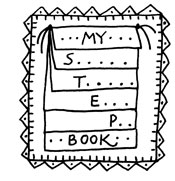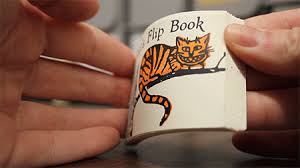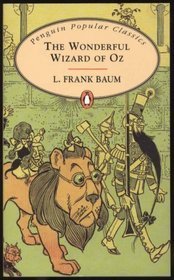I am sorry it has been ages since I have written a post, but I have just been too busy lately.
However, I just had to share this lovely activity with yo u. I found this online (so I did not come up with this myself) and tried it out and the result is just lovely.
u. I found this online (so I did not come up with this myself) and tried it out and the result is just lovely.
In this post I am going to show you how to make your own snow globe and how you can encourage your children to write with a great winter-themed writing prompt.
What do you need:
- Plastic see through desert plates
- Different coloured paper for the background
- Craft materials like: glitters, silver and gold coloured paper, colouring pens and pencils etc. The nicest thing would be for the children to have as many different materials to work with as possible. For mine I also used some make-up pads to create snow.
- Artificial snow
- glue and scissors – the glue I used was a bit cheap and therefore left a mark. I think it would be best to use a glue gun or school glue.
- Paper and pencils to write
- I also used a star-shaped and a tree-shaped paper cutter but this is optional.
Steps:
- Draw the shape of the plate around a piece of coloured card and then add a bit at the bottom to make it look like a snow globe and its support.
- Cut out this shape.
- Decorate the circle that will be covered by the plastic party plate. I made a snow man in mine but allow the children to be as creative as possible. I have also seen examples online of teachers who allowed the children to use pictures of themselves in the globe, which makes it a bit more personal and adds to the value of the writing prompt.
- Once the children have decorated the inside of their globes you need to make sure you put some artificial snow on the project. Make sure the snow is only put in the middle of the decorated snow globe, because you will need to glue the plate onto the piece of card and you don’t want any snow on the surface you are going to glue. (Younger children will need help with this.)
- Glue the plate onto the card so that it covers the decorated part. Once it has dried you should be able to pick up the project and shake it, so the children can move the artificial snow over the decorations.
- The only thing left to do is decorate the rest of the project. On mine I have cut out some letters which read: LET IT SNOW. But you can also use this space for the writing activity. If you want to do the latter I would make sure it is a bit bigger so there is plenty of space to write.
- You can also choose to do the writing prompt separately. There are many templates for this prompt, but you could also just write the prompt on the board and allow the children some time to write their story. The prompt could be something like: If I lived in a snow globe (I would)………. And of course it would be great to hear some of the stories once the children have finished.
Have fun!


 r you could find yourself stuck in your car for a long time, without any way of entertaining your kids.
r you could find yourself stuck in your car for a long time, without any way of entertaining your kids.


 ut.
ut.




